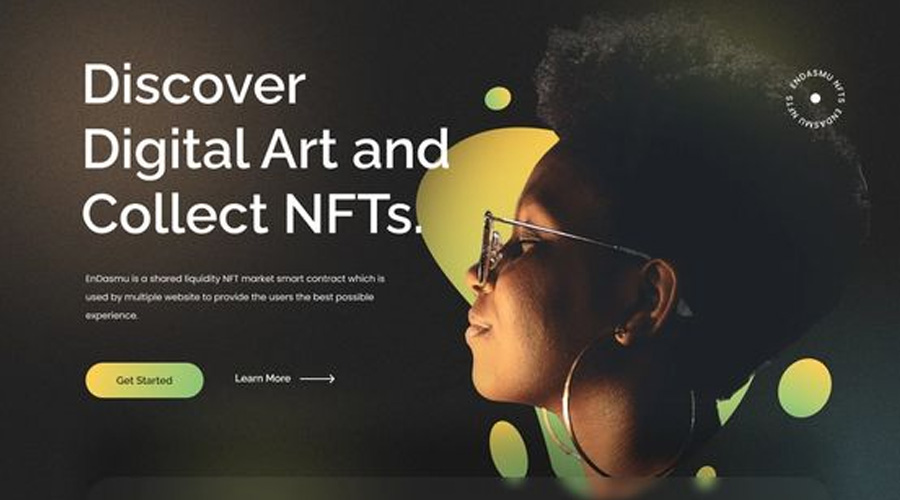normal product 21.03.24 [test] (Flyer Printing)
Quote Price Calculator
| Size | Quantity | Price |
|---|---|---|
| Standard 120x220 | 1 | $ 15.18 |
| 2 | $ 18.98 | |
| Standard 100x200 | 1 | $ 12.10 |
| 2 | $ 18.15 | |
| 3 | $ 24.20 | |
| Standard 150x250 | 2 | $ 26.40 |
| View More | ||
What is a web browser?
A web browser takes you anywhere on the internet, letting you see text, images and video from anywhere in the world.

The web is a vast and powerful tool. Over the course of a few decades, the internet has changed the way we work, the way we play and the way we interact with one another. Depending on how it’s used, it bridges nations, drives commerce, nurtures relationships, drives the innovation engine of the future and is responsible for more memes than we know what to do with.
It’s important that everyone has access to the web, but it’s also vital that we all understand the tools we use to access it. We use web browsers like Mozilla Firefox, Google Chrome, Microsoft Edge and Apple Safari every day, but do we understand what they are and how they work? In a short period of time we’ve gone from being amazed by the ability to send an email to someone around the world, to a change in how we think of information. It’s not a question of how much you know anymore, but simply a question of what browser or app can get you to that information fastest.
How does a web browser work?
A web browser takes you anywhere on the internet. It retrieves information from other parts of the web and displays it on your desktop or mobile device. The information is transferred using the Hypertext Transfer Protocol, which defines how text, images and video are transmitted on the web. This information needs to be shared and displayed in a consistent format so that people using any browser, anywhere in the world can see the information.
Sadly, not all browser makers choose to interpret the format in the same way. For users, this means that a website can look and function differently. Creating consistency between browsers, so that any user can enjoy the internet, regardless of the browser they choose, is called web standards.
When the web browser fetches data from an internet connected server, it uses a piece of software called a rendering engine to translate that data into text and images. This data is written in Hypertext Markup Language (HTML) and web browsers read this code to create what we see, hear and experience on the internet.
Hyperlinks allow users to follow a path to other pages or sites on the web. Every webpage, image and video has its own unique Uniform Resource Locator (URL), which is also known as a web address. When a browser visits a server for data, the web address tells the browser where to look for each item that is described in the html, which then tells the browser where it goes on the web page.
Cookies (not the yummy kind)
Websites save information about you in files called cookies. They are saved on your computer for the next time you visit that site. Upon your return, the website code will read that file to see that it’s you. For example, when you go to a website, the page remembers your username and password – that’s made possible by a cookie.
There are also cookies that remember more detailed information about you. Perhaps your interests, your web browsing patterns, etc. This means that a site can provide you more targeted content – often in the form of ads. There are types of cookies, called third-party cookies, that come from sites you’re not even visiting at the time and can track you from site to site to gather information about you, which is sometimes sold to other companies. Sometimes you can block these kinds of cookies, though not all browsers allow you to.



